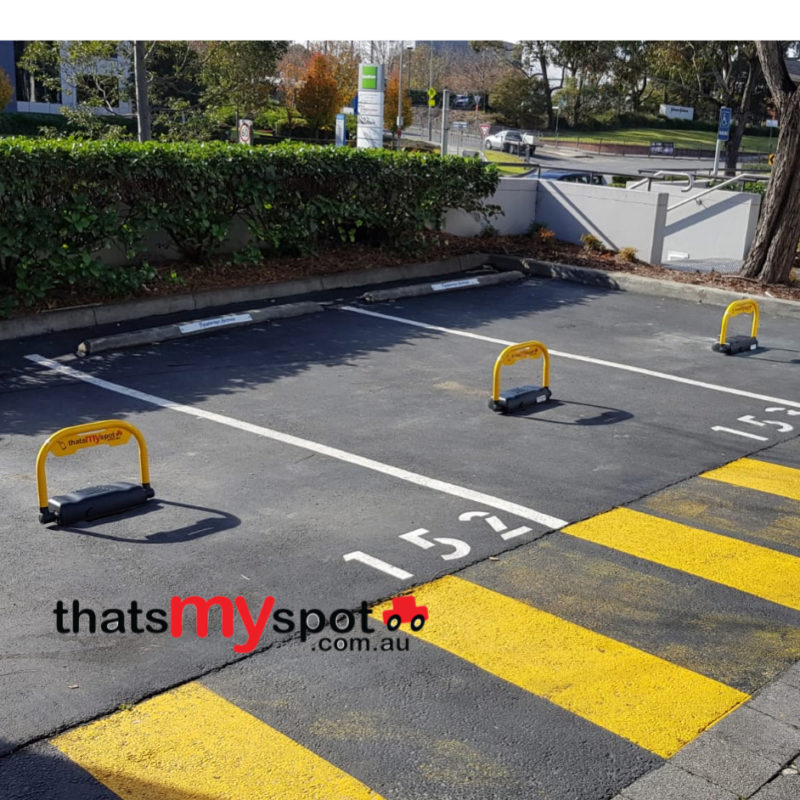The problem of cruising for parking

Sydney is home to 5.3 million residents, which is more than half of New South Wales’ overall population of 8.1 million. With 20.1 million registered vehicles in Australia, and 92% of households having cars, no wonder Sydney roads are so busy. The number of drivers on the roads makes them heavily congested.
And on top of that, drivers are often not just driving. So many are “cruising” for parking. “Cruising” describes drivers who are circling an area just looking for parking. Studies led by Donald Shoup (the global “parking guru”) in Berkeley, California, found that the average time someone spends cruising for parking on each trip is 8 minutes. This was calculated on the basis of a common range of 3 minutes to 15 minutes.
They found that adding all these little 8 minutes per trip tallies to a whopping 17 hours per year. And what’s more, it costs us US$345 in wasted fuel (which would be a lot more now with the price of petrol recently!)
GET A FREE INSTALLATION QUOTE
But the most shocking statistic is that cruising contributes to 30% of traffic congestion, and at times, even up to a staggering 74% 🚗 💨💨💨
High traffic areas show the highest volume of cruising, linking congestion and the nature of a driver’s route.
How can you solve the cruising for parking problem?
Solving for cruising for parking is a finicky balancing act – one that comes down to the pricing of on-street parking spaces. Simple demand and supply. If on-street parking is priced too high, drivers are less likely to park there. Resulting in a large number of vacant parking spots. This causes businesses to lose customers, employees to lose jobs, and a major loss in tax revenue.
But if prices are too low, then very few parking bays become available on-street. And this is where you get a lot more heavy congestion, wasted fuel, and CO2 emissions. YUK.
Practical ways to reduce cruising times

So how can you reduce cruising times to mitigate these negative outputs?
Smart parking solutions like installing parking bollards and regulating parking times help reduce the problem.
Parking bollards can physically ensure nominated parking bays for venues, businesses, and individuals. Drivers who otherwise would have joined the never-ending queue of cruising for parking, can arrive and park immediately in their designated zones. The parking bollards physically secure those bays for authorised drivers by virtue of physical parking space protectors. Car bollards are just one example of how you can do this using an app on your smartphone.
Regulating time limits on parking bays

Regulating parking times, on the other hand, requires driver compliance. This becomes a bit trickier to manage. But when drivers do comply, the amount of cruising time lowers. Shorter parking times are supported by parking fines for non-compliance. But this means you need parking officers to patrol and enforce the time limits. By contrast, carpark bollards offer a more guaranteed means of freeing up parking for authorised drivers.
Why is it so important to fix the parking problem?
So, why is it important to monitor and fix the rising issue created by cruising for parking?
It goes beyond the day-to-day inconvenience for drivers and commuters. We need to find ways to reduce congestion and wear and tear on our roads. This yields substantial benefits for cities, the economy, and the environment.
55% of the world’s population lives in cities today. But the UN predicts this will grow to 65% by 2050.
So the problems that parking causes in our cities will only escalate with population growth. And with that, comes a higher volume of vehicles using the roads.
Studies have shown that the most effective means of curbing cruising for parking, is by finding the perfect middle ground in parking fees. Not too high as to eliminate all prospective parkers, but not too low as to encourage overcrowding. Gathering data to study the effectiveness of parking measures like parking bollards, signs and fees become critical in understanding the problem. With a clearer vision of the problem, sustainable parking solutions can be innovated to ease the congestion on roads.
The BENEFITS of reducing cruising
The B E N E F I T S of eliminating cruising for parking include:
✅ saving drivers time, money, and stress
✅ reducing traffic congestion
✅ minimizing wear and tear on our roads
✅ improving city liveability
✅ reducing environmental impact 🌱
Looking to reduce cruising for parking in your office, corporate environment, hotel, shopping centre or hospital area? See our range of thatsMYspot smartphone car bollards here.
“Nobody in my family can pay for parking. It’s like a sickness. My father didn’t pay for parking, my mother, my brother, nobody. It’s like going to a prostitute. Why should I pay when, if I apply myself, maybe I can get it for free?”
– George Costanza Seinfeld

